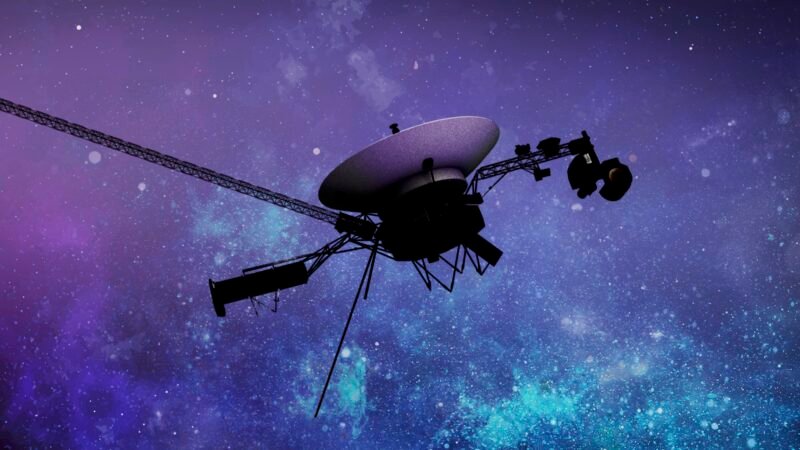Quick Takeaways
-
Identical Science Instruments: Both Voyager spacecraft are equipped with 10 identical science instruments, with specific tools remaining active to study the heliosphere and interstellar space after completing their planetary explorations.
-
Milestones in Interstellar Exploration: Voyager 1 crossed into interstellar space in 2012, followed by Voyager 2 in 2018, making them the only human-made spacecraft to operate beyond the heliosphere.
-
Energy Conservation Measures: To extend their operational lifespan, NASA engineers have strategically turned off non-essential instruments, while key instruments will continue to operate, potentially allowing the probes to gather data into the 2030s.
- Unmatched Distance and Exploration: Voyager 1 and Voyager 2 are the most distant human-made objects, currently over 15 billion and 13 billion miles from Earth, respectively, continuing to provide unique insights from the far reaches of space.
NASA has turned off two science instruments on its Voyager spacecraft to extend their missions. This decision helps conserve energy while maximizing the valuable data the spacecraft continue to gather.
The two Voyager spacecraft carry identical sets of 10 science instruments. However, many of these instruments were specifically designed for planetary flybys. After completing their exploration of the solar system’s gas giants, the team deactivated certain instruments. Still, they kept the most crucial tools for studying the heliosphere and interstellar space.
The heliosphere is a protective bubble created by solar wind and magnetic fields from the Sun. Voyager 1 crossed into interstellar space in 2012, while Voyager 2 made the journey in 2018. Remarkably, no other human-made spacecraft have ventured this far.
Last October, engineers turned off Voyager 2’s plasma science instrument. This instrument measures plasma—ionized gases—flowing in interstellar space. It had provided limited data due to its position related to plasma movement. Similarly, Voyager 1’s plasma instrument was shut down earlier because of performance issues.
Recently, Voyager 1 also turned off its cosmic ray subsystem. This suite of telescopes studied cosmic rays, including protons from our galaxy and the Sun. The data collected helped scientists pinpoint when Voyager 1 exited the heliosphere.
Later this month, Voyager 2 will deactivate its low-energy charged particle instrument. This device measures ions, electrons, and cosmic rays originating from our solar system and beyond. With this instrument on a rotating platform, it has operated reliably for over 47 years.
NASA scientists emphasize the importance of these instruments. They remain committed to gathering unique data for heliophysics. “Every bit of additional data we have gathered is not only valuable but also a testament to exceptional engineering,” remarked one project scientist.
The team hopes that these adjustments will allow the spacecraft to operate for at least a year longer. Voyager 1 will continue using its magnetometer and plasma wave subsystems, while Voyager 2 will keep its magnetic field and plasma wave instruments active. With careful management, both probes could continue sending data into the 2030s.
Voyager 1 and Voyager 2 remain the most distant human-made objects in existence. Voyager 1 is over 15 billion miles away, while Voyager 2 sits over 13 billion miles from Earth. Due to this vast distance, it takes more than 23 hours for a signal to reach Voyager 1.
Every day, the Voyagers explore a unique region of space. This ongoing journey might yield new discoveries, further extending humanity’s understanding of the cosmos. With this power conservation plan, NASA aims to maximize the Voyagers’ scientific contributions for as long as possible. For more information about NASA’s Voyager missions, visit their official website.
Stay Ahead with the Latest Tech Trends
Explore the future of technology with our detailed insights on Artificial Intelligence.
Discover archived knowledge and digital history on the Internet Archive.
SciV1

